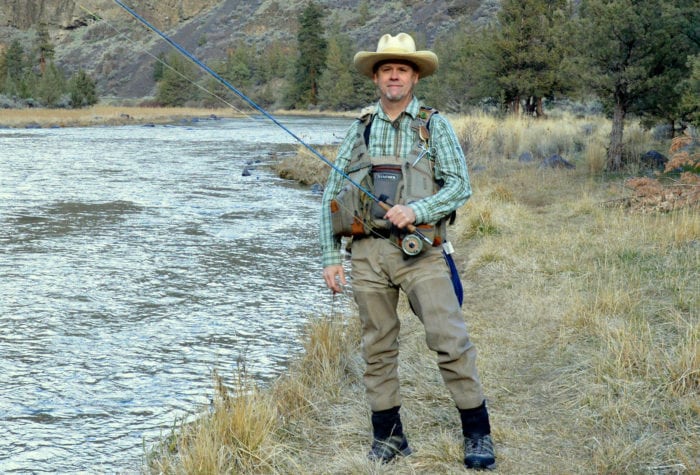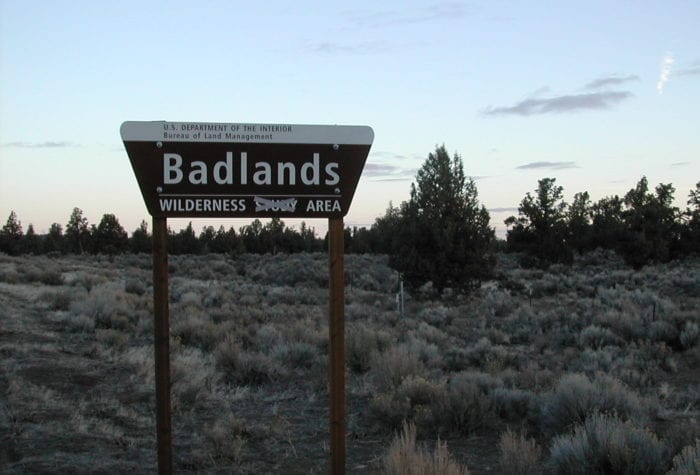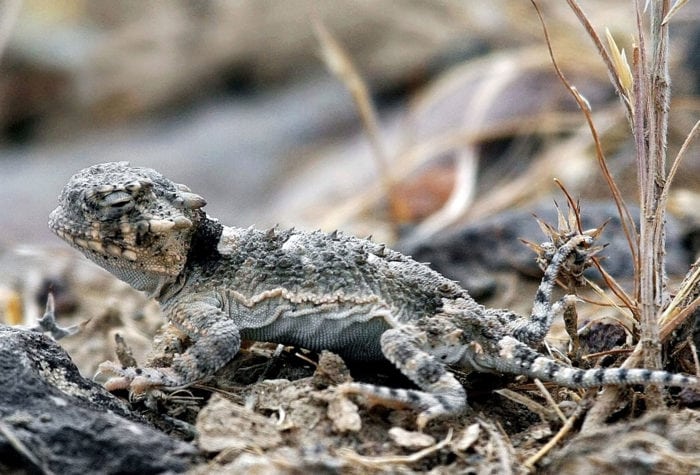Brothers Fence Trip #7
Organizer: Beth Macinko
Date and Time: February 11, 2022, 10:00 a.m. to 4:00 p.m.
Place: Brothers, OR
Difficulty Rating: Level 3: Challenging
Maximum Group Size: 15
About the place
This project takes place on the traditional lands of the Northern Paiute, Wasco and Warm Springs people. Many Indigenous peoples live in Oregon’s high desert region today, including members of the Burns Paiute Tribe, the Confederated Tribes of Warm Springs (Wasco, Warm Springs and Paiute), the Klamath Tribes (Klamath, Modoc and Yahooskin) and the Fort McDermitt Paiute and Shoshone Tribe.
The fences will be built in Brothers, OR, within the Brothers – North Wagontire Sage-grouse Priority Area for Conservation (Brothers PAC). PACs were designated statewide to conserve 90% of the sage-grouse breeding population, meaning they are the core habitat areas. Like overall sage-grouse populations, the Brothers PAC population is in decline and this project will assist research into sage-grouse population recovery.
About a one-hour drive from Bend, this day trip is a great way to spend a day out in the desert, enjoying the winter scenery and maybe even spot some sage-grouse.
About the stewardship work
This project is a partnership with the Institute for Applied Ecology and East Cascades Audubon Society; these groups are undertaking a study of understory forb (wildflower) cover, a key part of sage-grouse diets especially during early rearing. ONDA volunteers will build wildlife-friendly exclosure fences to keep grazing cattle out of the study plots. The tasks will vary slightly each trip but include: staging materials at each site, digging corner post holes and building H-brace corners, running and tensioning wire, pounding in t-posts, and clipping wire to posts.
Trip timeline
- Friday, February 11 (10 a.m.): Meet at the project site in Brothers which is about a forty-five-minute drive from Bend.
- Friday, February 11 (4 p.m.): We’ll work until 4 with the hope of getting people back to Bend by 5 p.m.
Camp
This is a day trip.
Difficulty
Level 3 – Challenging
The physical demands of this trip are moderate to challenging. Work involves carrying fence materials up to a quarter-mile, digging post holes, pounding t-posts, tensioning wire and clipping wires to posts. The work area is generally flat, but lumpy sagebrush terrain. Everyone will be able to work at their own pace and we will rotate jobs to pace ourselves. Cold and breezy weather is possible, but heavy rain or snow would postpone the event.
Participant responsibilities
Participants are responsible for their own food and water/beverages. Sturdy hiking boots and durable clothing are recommended, close-toed shoes and long sleeves are required (no sandals). Eye protection and work gloves will be required as well.
Gear provided
ONDA will provide all the tools necessary for the work as well as extra gloves and extra eye protection if needed. Coffee will also be provided to keep the chill off.
Registration
An ONDA registration application and medical form are required for this trip.
Apply Now
You will receive a confirmation e-mail within two weeks of submitting your form. The confirmation e-mail will provide information regarding which trips you are on the “participant list” for, and which trips are full, and therefore you have been placed on the “wait list.”
A week before the trip start date, registered and confirmed participants will receive driving instructions, maps, and additional information in an email sent by the trip leader
If you have any questions in the meantime, please don’t hesitate to contact the trip leader.
Your trip leader
This trip will be led by Beth Macinko. If you have questions, you can contact her by email bmacinko@onda.org.
Meet BethProtecting the Greater Sage-grouse
The greater sage-grouse, an iconic species native to Oregon’s high desert and the largest grouse in North America, faces serious threats to its survival due to habitat loss and degradation […]
Read More

